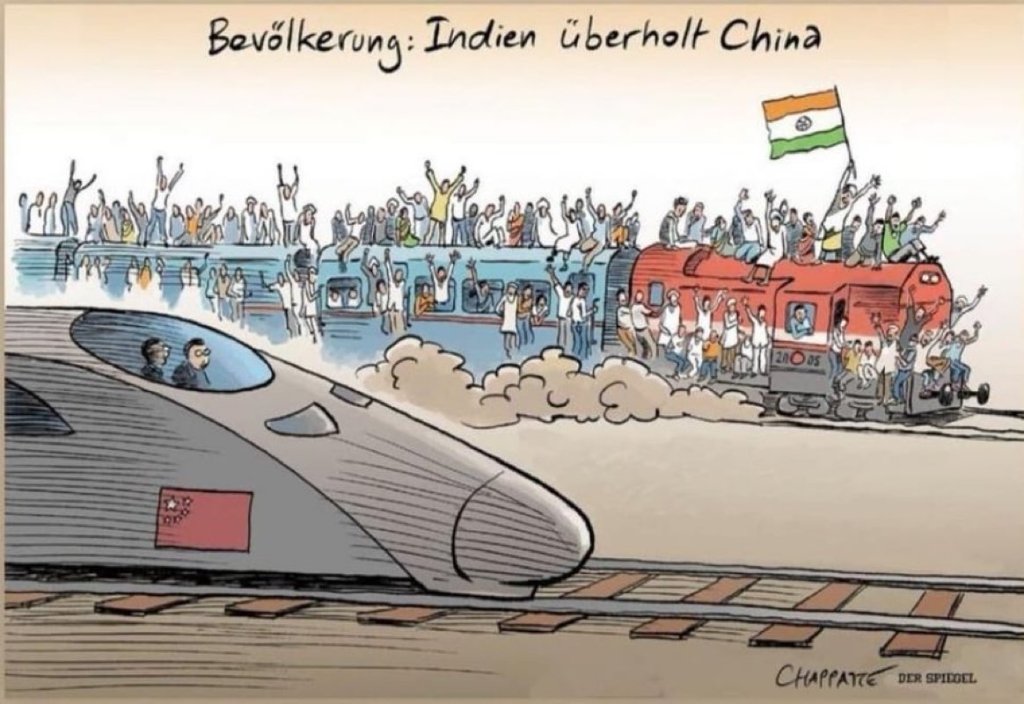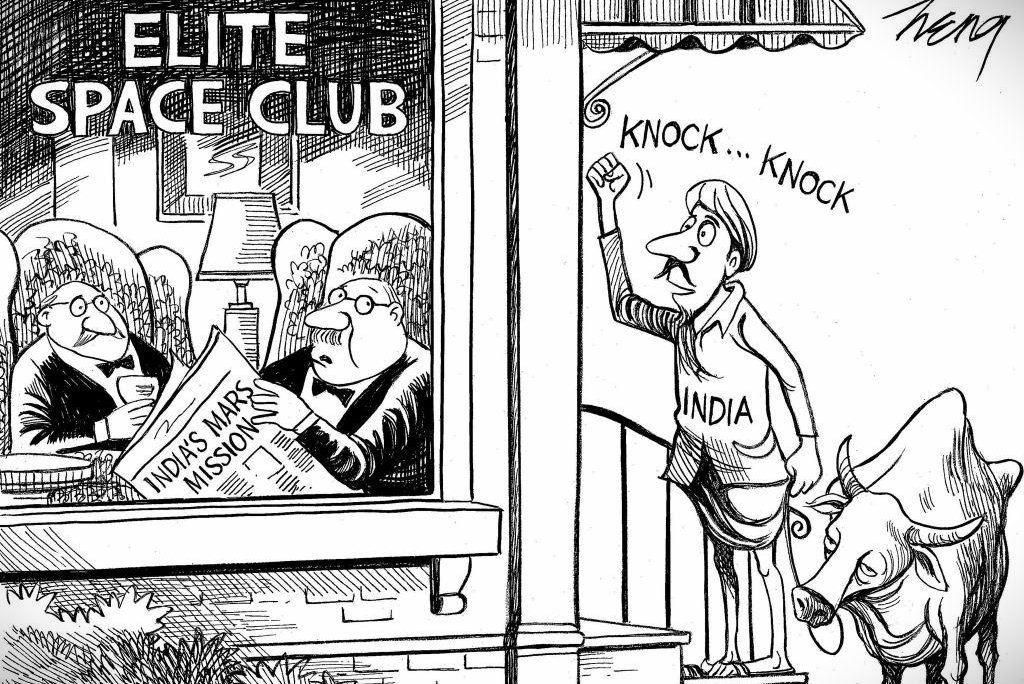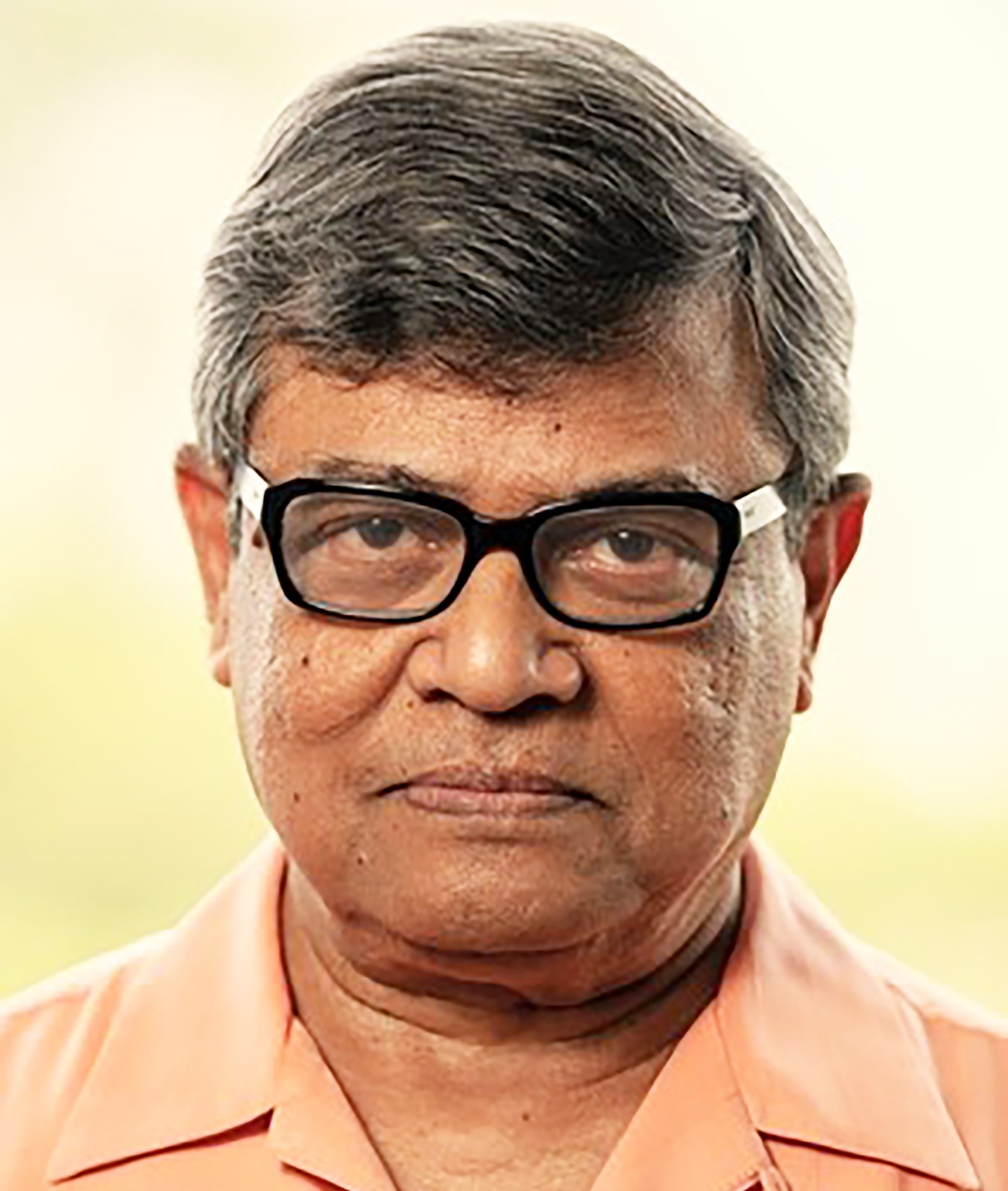Dr. Kallol Guha
COLUMN/ LINE IN THE SAND
In recent times, TV channels and social media platforms have been buzzing with news and headlines proclaiming that India has surpassed China in terms of population size. It is official now – India is the most populous nation on Earth, according to UN estimates.
China’s geographical area is about 10 million sq km, as compared to India’s 3.3 million sq km. This implies that in terms of population density as well, India is way ahead of China.
Whether population size and density are advantages or liabilities was a subject of fierce debate since the sixties and seventies. In the backdrop of western demographic patterns, the Indian government considered the rising population as a serious impediment towards national development and prosperity. Hence, it took various measures during the sixties to control its population growth when India’s population size was 450 million, which, as can be seen today, has nearly tripled.
AN INDEPENDENT STAND
In stark contrast, Chairman Mao Zedong, founder of the People’s Republic of China, had a more explicit and independent viewpoint on population growth. He declared that human resources are the most valuable asset of any nation. A human being not only has mouths to feed, but also has two hands to produce food. This school of thought implies that whether population is a liability or an asset mainly depends on the leadership to which the population is exposed.
Expectedly, Chinese views on population were harshly criticised by the Anglo-American West. As usual, motivated by the scope and scale of profiteering, western multinationals mobilised capital to produce all conceivable birth-control devices and engaged resources of church networks to “educate” the people of underdeveloped countries to produce fewer children.
The Anglo-American West aggressively preached and developed various ‘theories’ to prove that underdevelopment is directly proportional to population growth. Western sociologists wasted no time establishing this observation with six-inch-long mathematical equations and terminologies, and breeding numerous doctorates on this subject.
A closer look at the quality of life in China today explains the worth of the western standpoint. A major contributing factor behind the growth and development of China is undoubtedly its political leadership. It is a fact that the West is working overtime to disprove with the help of its so-called ‘free press’.
Flashback to history – the day when Mao defeated his adversary and western ally Chiang Kai-shek and proclaimed China as a people’s republic in October 1949, the Anglo-American West instantly realised the effect of his leadership on the transformation of China and its impact on the inevitable rise of the Chinese people.
PROVOKING CHINA
The US didn’t waste any time, mobilising its military machine to launch a conflict in the Korean peninsula, provoking China. The undisclosed purpose was to prevent Mao’s leadership from sparking a rise of the Chinese people. For all practical purposes, the American imperialist machine was thoroughly defeated by China – even at a time when the Asian country was weak compared to its stature today.
Subsequently, the US president at that time, Harry Truman, reprimanded their ally Chiang by stating it was because of him that the “USA lost China”. The significance of that figure of speech – “lost China” – is still being debated by western sociologists and political scientists. The US-led West quickly grasped the significance of leadership at the very outset.
Let’s now take a close look at India. India gained freedom from the opportunistic British monarchy in 1947 under the leadership of Jawaharlal Nehru in a ceremonial “transfer of power” presided over by a British viceroy who represented two centuries of theft, loot, and humiliation of the Indian people.
Among the raw wounds left behind by the British occupiers was the devastating 1944 British-engineered famine that starved five million people in the eastern part of the subcontinent to death.
To the western world, India became the ‘largest democracy’ simply because 60-70% illiterate people living below poverty line were granted the right to cast their vote once in five years to elect politicians in public offices.
Nearly 75 years after World War II, China is emerging as the world’s largest economy. It has lifted 800 million people from poverty to the status of middle-class, it has put together a disciplined workforce, its healthcare system is of international standards, it doggedly focuses on mandarin-based schooling, and it has boosted its technological development far beyond the reach of the Anglo-American West.
All these advancements came in a matter of just one lifetime, which took the West about two to three centuries to bring about. Today, the whole world recognises the unprecedented economic, social, and political accomplishments of China as achievements of its political leadership.
INDIA AND ENGLISH
India, on the other hand, is being increasingly recognised for her expanding population size. Most economic, social, and political accomplishments of India remain confined within the circle of 125 million people who belong to the Anglophonic class, out of a population of about 1.425 billion, whose loyalty is more towards the Anglo-American West.
This news item prompted German magazine Der Spiegel to come out with a cartoon, mocking India over its rising population. It shows a train overloaded with people with many sitting atop it holding an Indian flag. A Chinese bullet train is seen speeding on a parallel track, indicating economic disparity between the two countries. Whatever might have been the agenda behind the cartoon, it triggered a huge uproar on social media with Indians labelling it as racist.

Beneath all the praise for India as the world’s ‘largest democracy’ and a ‘natural ally’ of the West, the modern-day Anglo-American empire looks at India the way it was reflected in the German cartoon.
In this context, have a look at this reaction from the West following India’s space exploration programme, as published by The New York Times. Isn’t it similar to the more recent German cartoon?

Kanchan Gupta, senior adviser to India’s information and broadcasting ministry, called the Der Spiegel cartoon “outrageously racist” – and it is a racist cartoon indeed because this is exactly how the world with special reference to the Anglo-American West looks at India as an appendage of the West.
👋🏽#Germany this is outrageously racist. @derspiegel caricaturing India in this manner has no resemblance to reality. Purpose is to show #India down and suck up to #China.
— Kanchan Gupta 🇮🇳 (@KanchanGupta) April 23, 2023
This is as bad if not worse than the racist cartoon in @nytimes lampooning India’s successful Mars mission. pic.twitter.com/z9MxcPQC7u
The government official also asserted that India has no resemblance to the caricature version shown in the cartoon. Really? What do the conditions of the marginalised billion signify? What about the run-down schools, the shabby hospitals, the messy transportation, and the dilapidated government offices? How can someone with a sane mind have respect for the guardians of a society whose facilities appear to be in ruins?
Rajeev Chandrasekhar, India’s union minister of state for technology, slammed the German cartoon. Addressing the Der Spiegel cartoonist, he tweeted, “Notwithstanding your attempt at mocking India, it is not a smart thing to bet against India under PM Narendra Modi. In a few years, India’s economy will be bigger than Germany’s.”
Dear Cartoonist at @derspiegel
— Rajeev Chandrasekhar 🇮🇳 (@Rajeev_GoI) April 23, 2023
Notwithstanding ur attmpt at mocking India, its not smart to bet against India under PM @narendramodi ji 💪🏻In a few years Indias economy will be bigger than germany's 😁😁#NewIndia pic.twitter.com/Evzooqfc2J
By responding sharply to the derogatory racist cartoon, this government is showing some sense of self-respect, which was distinctly absent from governments in the past. But such emotional outbursts don’t have any bearing on international politics.
Genuine respect and prestige are never given. They have to be earned. As explained before, of the 1.425 billion people of India, an estimated 125 million can express their thoughts in English. The visible fruits of socioeconomic development remain confined within this 125 million.
But what are the conditions of the one-billion-plus Indians? Their role is to pay 30-35 different taxes, cast a vote every five years, and work as menials, including as lowest-ranking soldiers or police personnel to protect criminal and semi-illiterate politicians. They don’t even exist in the thoughts and decisions of lawmakers warming the chairs of public offices.
IT’S ALL ABOUT SCHOOLING
It is an undeniable fact that development and prosperity of a nation depends on the quality of its human resources, which in turn, is shaped through the right kind of schooling. Developed countries around the world have structured their schools to shape human resources compatible with their indigenous language, literature, history, tradition, and culture. They have adopted the age-old doctrine: You can’t pretend to be anything else but what you actually are.
It might be relevant to mention an observation made by Albert Speer, the minister of armaments and war production under Adolf Hitler. In 1942, Germany occupied Ukraine for some time. The minister wrote in his memoir about what he saw when he drove around the industrial centre of Dnepropetrovsk during that time. “What most impressed me was a university complex under construction. Its facilities went far beyond anything in Germany, and left no doubt of the Soviet Union’s determinsation to become a technical power of the first rank,” he wrote.
INDIA VS. BHARAT
India’s entire operation with special reference to its education system is conducted in the English language of the colonial masters. It is estimated that English is a language of a little more than 8% Indians. When about 92% people of a country are marginalised, the inevitable result of such governance is mismanagement, chaos, corruption, poverty, and underdevelopment.
To go back to the sarcastic cartoon that Der Spiegel published about India’s population growth, it reminds us of the way the West used to see and treat China and the Chinese people until the early seventies. The Anglo-American media used to brand the Chinese and China as “yellow devils and barbarians” and until US president Richard Nixon’s visit to China in 1972, the Asian country was pictured in western Europe by their ‘free press’ as a land of famine, poverty, and oppression.

Interestingly, this line of reporting suddenly vanished just a few days after Nixon wrapped up his China visit. From that point on, no critical questions were asked by the western press about China, and the Asian country became a ‘developing country’ whom the West started supplying aid and technical help.
Indian government officials and some of the nationalistic media have publicly lectured the German cartoonist on the fact that India’s economy would overtake that of Germany in a few years from now. But whatever Germany’s geopolitical standpoint is, it is the qualitative transformation of its human resources that the country stands out for – just like China stands out with its superior quality of leadership.
Even if India’s GDP (gross domestic product) grows multiple times, the quality of its human resources will remain the same, meaning it would strongly resemble that of the Indians in Guyana and Trinidad.
Instead of hurling curses in reaction to racist cartoons, how about letting India’s independent media launch a campaign to make grassroots-level people realise that the brilliant human resources in a country of 1.425 billion are being governed by an extremely low-quality leadership, of which every second member has a criminal record and ever third one is semi-illiterate?
(Dr. Kallol Guha is a geopolitical analyst, educator, entrepreneur, and President of St. James School of Medicine, Illinois, US. He resides in Chicago)
REPUBLISHING TERMS:
All rights to this content are reserved. If you want to republish this content in any form, in part or in full, please contact us at writetoempirediaries@gmail.com.











